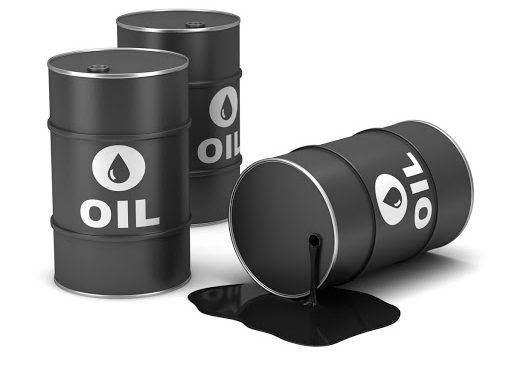Oil Rally Fueled By OPEC Production Shortfall
That OPEC’s spare oil production capacity was a problem that was only going to get worse with time became clear last year when the first reports began to emerge that the cartel and its partners led by Russia are not adding as much oil to their monthly output as agreed.
Now, the gap between commitment and output has deepened, adding fuel to an already strong price rally.
In December, OPEC+ added 253,000 barrels daily to its combined production falling well short of its 400,000-bpd target for yet another month in a growing row. Naturally, this fueled concern about the security of global supply amid forecasts from the International Energy Agency that oil demand is going to exceed pre-pandemic levels later this year.
This latest forecast could be confusing to many who follow the agency’s output. In December, the IEA said that oil demand growth was going to slow down this year. It also forecasted a possible oversupply on the oil market for the current quarter, citing the effect of the Omicron variant on fuel consumption and rising non-OPEC production.
To be fair, the agency noted the oversupply would materialize if several things happen, among them, Saudi Arabia and Russia pumping at record rates as “remaining OPEC+ cuts are fully unwound.” Yet it appears to have greatly underestimated the resilience and strength of demand. No wonder a lot of other forecasters are talking about oil reaching and topping $100 per barrel.
“These monthly [OPEC] additions are increasingly nominal,” Bill Farren-Price, director of intelligence at consultancy Enverus, told the Wall Street Journal this week. “They are not fully backed by real barrels.”
“Oil has been on a remarkable run in recent weeks, driven by very bullish fundamentals as disrupted supply struggled to keep up with strong demand,” OANDA senior analyst Craig Erlam told City A.M.
“OPEC and the IEA have referenced the resilience of demand since the emergence of omicron in recent weeks and the inability of OPEC+ to hit their production targets, or even come close, has led to the kind of one-way price action we’ve been witnessing,” Erlam added.
Morgan Stanley’s Martijn Rats said in a note to clients that Brent crude could hit $100 this year during the second quarter, as global stocks of crude decline and investment in new production remain constrained. He added that high prices could persist through next year as well.
Not everyone believes oil will reach $100, regardless of all the bullish factors currently at play. Saxo Bank’s Ole Hansen, for instance, told City A.M. that the momentum behind the oil price rally was slowing down, and we could see a correction soon. As for the Ukraine tensions, which have also been named among the factors driving oil higher, Hansen noted these were more likely to affect natural gas prices in case of an escalation rather than oil prices.
Whatever the immediate future moves of oil prices, the fact remains that OPEC and Russia and their Central Asian partners don’t seem to be able to stick to their production quotas for reasons varying from political trouble in Libya to technical problems in Nigeria and dwindling spare capacity in Russia and most of OPEC.
The strength of oil demand appears to have been consistently underestimated by some forecasters, and this could add more upward potential for prices—and not only over the immediate term. More upward potential will come from the other looming problem in the oil industry: not enough investment.
Saudi Arabia and OPEC’s former secretary-general warned that underinvestment would come to bite last year. At the time, most forecasts bet on a consistent decline in oil demand as low-carbon energy took the spotlight, but reality has proved different, and it is only a matter of time before the spotlight is shined on the world’s increasingly limited oil production capacity.
Morgan Stanley is projecting that global spare oil production capacity will shrink from 6.5 million bpd at the moment to just 2 million barrels daily by the middle of the year. This would be the result of OPEC and its partners ramping up production as per their agreement to return to pre-pandemic production levels. And this decline in spare capacity, according to the investment bank, would push Brent to $100 and beyond.
Yet the problem with underinvestment is a more serious one because it effectively means that there is a shrinking pool of opportunities to expand this shrinking spare production capacity. Just as a few years ago, the market got worried about Big Oil’s reserve replacement ratio, now it is beginning to get worried about the whole industry’s ability to produce as much oil as the world still needs in spite of the energy transition drive.
OPEC doesn’t want oil at $100. Some officials from the cartel have said as much. Excessively expensive oil is not good for exporters because it dampens demand. But this time, there seems to be little OPEC can do about it except hope that demand doesn’t grow too fast too soon so that prices remain relatively unchanged from where they are now.



